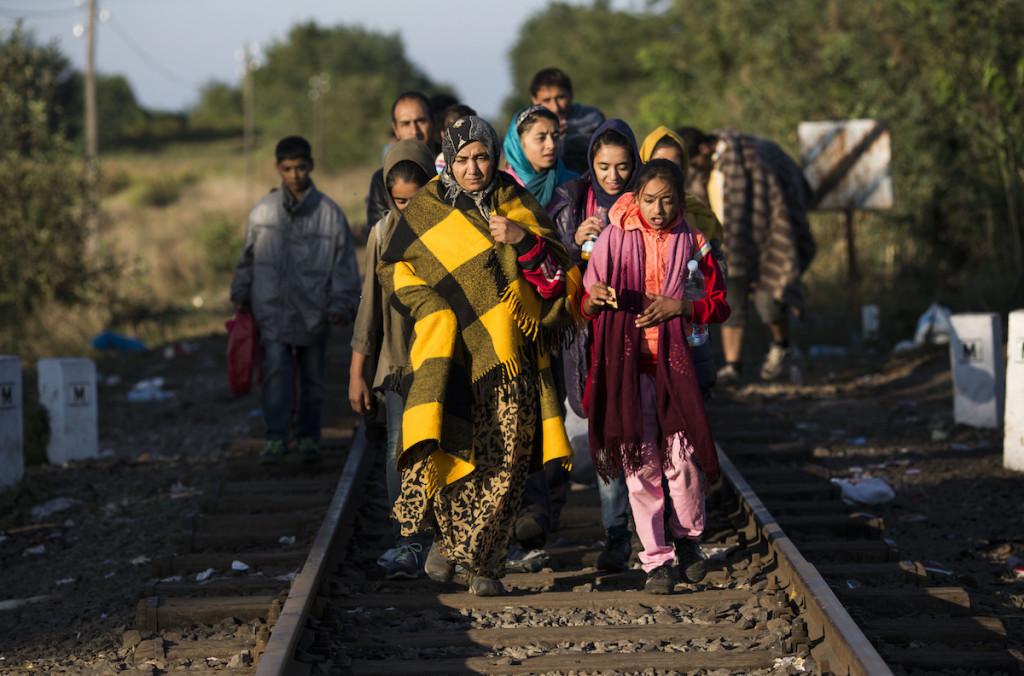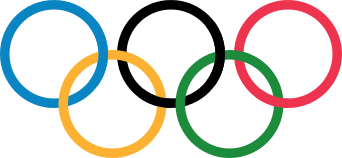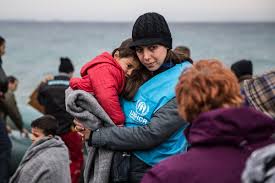Stamp: I.T.U - Jordan Refugees Relief Fund Overprint (Yemen, Kingdom 1967)
I.T.U - Jordan Refugees Relief Fund Overprint (Yemen, Kingdom 1967)
20 September (Yemen, Kingdom ) within release Jordan Refugees Relief Fund goes into circulation Stamp I.T.U - Jordan Refugees Relief Fund Overprint face value 2+2 Yemeni buqsha
| Stamp I.T.U - Jordan Refugees Relief Fund Overprint in catalogues | |
|---|---|
| Michel: | Mi: YE-K 387A |
| Stanley Gibbons: | Sg: YE-K R324 |
Stamp is square format.
Red overprint also in Arabic: JORDAN REFUGEES RELIEF FUND with UNRWA emblem and surchargeAlso in the issue Jordan Refugees Relief Fund:
- Stamp - Jordan Refugees Relief Fund face value 4+4;
- Stamp - Jordan Refugees Relief Fund face value 2+2;
- Stamp - Jordan Refugees Relief Fund face value 6+6;
- Stamp - Torch in front of Olympic Rings - overprint face value 4+4;
- Stamp - Torch in front of Olympic Rings - overprint face value 2+2;
- Stamp - Torch in front of Olympic Rings - overprint face value 2+2;
- Stamp - Torch in front of Olympic Rings - overprint face value 4+4;
- Stamp - Torch in front of Olympic Rings - overprint face value 6+6;
- Stamp - Torch in front of Olympic Rings - overprint face value 6+6;
- Stamp - Refugees face value ⅛+⅛;
- Stamp - Refugees face value 4+4;
- Stamp - Refugees face value 6+6;
- Stamp - Refugees face value ½+½;
- Souvenir Sheet - Tokyo 1964 face value 4+4;
- Souvenir Sheet - I. T. U. - Jordan Refugees Relief Fund Overprinted face value 4+4;
- Souvenir Sheet - Kennedy family - Jordan Refugees Relief Fund Overprinted face value 4+4;
- Stamp - Refugees face value ¼+¼;
- Stamp - Refugees face value ⅛+⅛;
- Stamp - Refugees face value ¼+¼;
- Stamp - Refugees face value ½+½;
- Stamp - Refugees face value 4+4;
- Stamp - Refugees face value 6+6;
- Stamp - Space Flight - Jordan Refugees Relief Fund Overprint face value 2+2;
- Stamp - Space Flight - Jordan Refugees Relief Fund Overprint face value 4+4;
- Stamp - Space Flight - Jordan Refugees Relief Fund Overprint face value 6+6;
- Souvenir Sheet - Spaceflight - Jordan Refugees Relief Fund Overprinted face value 6+6;
- Stamp - I.T.U - Jordan Refugees Relief Fund Overprint face value 2+2;
- Stamp - I.T.U - Jordan Refugees Relief Fund Overprint face value 4+4;
- Stamp - I.T.U - Jordan Refugees Relief Fund Overprint face value 6+6;
- Souvenir Sheet - Winston Churchill - Jordan Refugees Relief Fund Overprint face value 4+4;
- Stamp - Spaceflight - Jordan Refugees Relief Fund Overprinted face value 6+6;
Stamp I.T.U - Jordan Refugees Relief Fund Overprint it reflects the thematic directions:
A globe is a spherical model of Earth, of some other celestial body, or of the celestial sphere. Globes serve purposes similar to maps, but, unlike maps, they do not distort the surface that they portray except to scale it down. A model globe of Earth is called a terrestrial globe. A model globe of the celestial sphere is called a celestial globe
A map is a symbolic depiction emphasizing relationships between elements of some space, such as objects, regions, or themes. Many maps are static, fixed to paper or some other durable medium, while others are dynamic or interactive. Although most commonly used to depict geography, maps may represent any space, real or imagined, without regard to context or scale, such as in brain mapping, DNA mapping, or computer network topology mapping. The space being mapped may be two dimensional, such as the surface of the earth, three dimensional, such as the interior of the earth, or even more abstract spaces of any dimension, such as arise in modeling phenomena having many independent variables. Although the earliest maps known are of the heavens, geographic maps of territory have a very long tradition and exist from ancient times. The word "map" comes from the medieval Latin Mappa mundi, wherein mappa meant napkin or cloth and mundi the world. Thus, "map" became the shortened term referring to a two-dimensional representation of the surface of the world.
The modern Olympic Games or Olympics (French: Jeux olympiques) are leading international sporting events featuring summer and winter sports competitions in which thousands of athletes from around the world participate in a variety of competitions. The Olympic Games are considered the world's foremost sports competition with more than 200 nations participating. The Olympic Games are held every four years, with the Summer and Winter Games alternating by occurring every four years but two years apart.
A refugee, conventionally speaking, is a person who has lost the protection of their country of origin and who cannot or is unwilling to return there due to well-founded fear of persecution. Such a person may be called an asylum seeker until granted refugee status by a contracting state or by the United Nations High Commissioner for Refugees (UNHCR)if they formally make a claim for asylum.
A satellite or artificial satellite is an object, typically a spacecraft, placed into orbit around a celestial body. They have a variety of uses, including communication relay, weather forecasting, navigation (GPS), broadcasting, scientific research, and Earth observation. Additional military uses are reconnaissance, early warning, signals intelligence and, potentially, weapon delivery. Other satellites include the final rocket stages that place satellites in orbit and formerly useful satellites that later become defunct.
Telecommunication, often used in its plural form or abbreviated as telecom, is the transmission of information with an immediacy comparable to face-to-face communication. As such, slow communications technologies like postal mail and pneumatic tubes are excluded from the definition. Many transmission media have been used for telecommunications throughout history, from smoke signals, beacons, semaphore telegraphs, signal flags, and optical heliographs to wires and empty space made to carry electromagnetic signals. These paths of transmission may be divided into communication channels for multiplexing, allowing for a single medium to transmit several concurrent communication sessions. Several methods of long-distance communication before the modern era used sounds like coded drumbeats, the blowing of horns, and whistles. Long-distance technologies invented during the 20th and 21st centuries generally use electric power, and include the telegraph, telephone, television, and radio.








